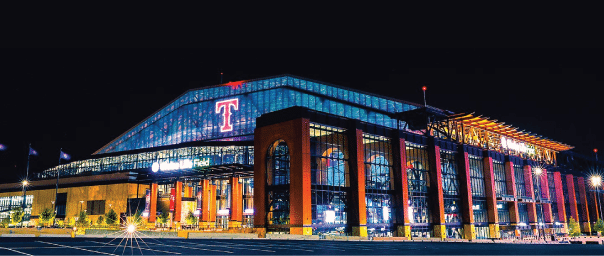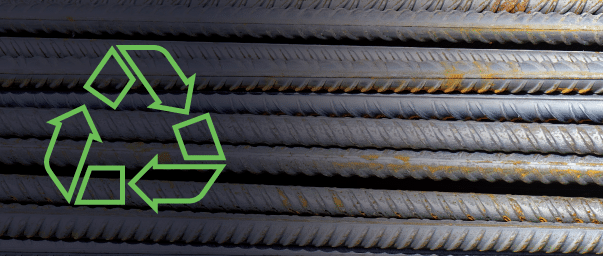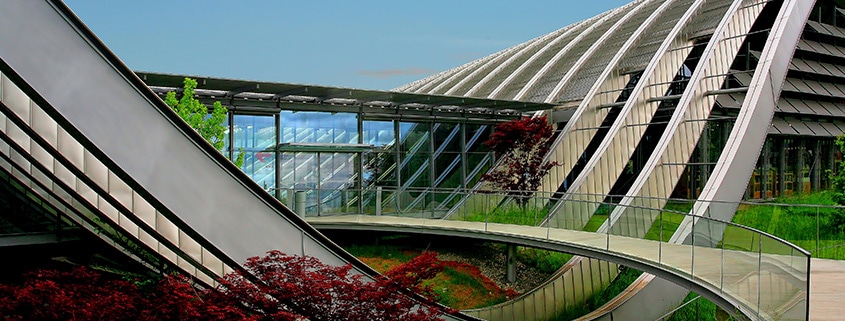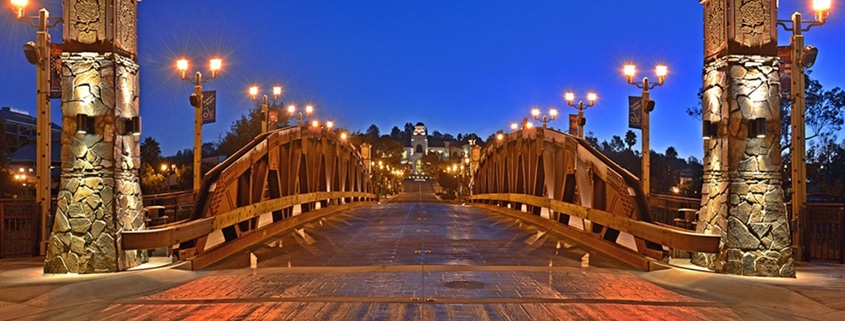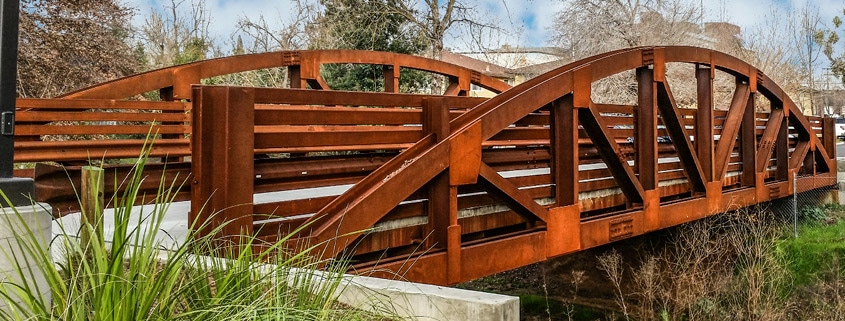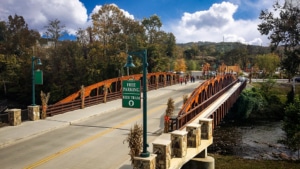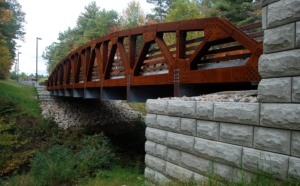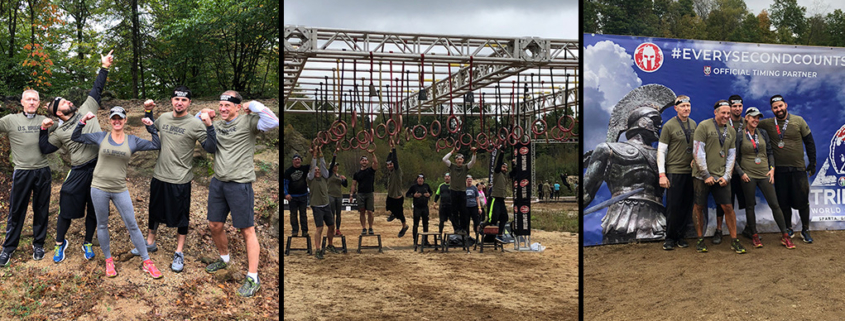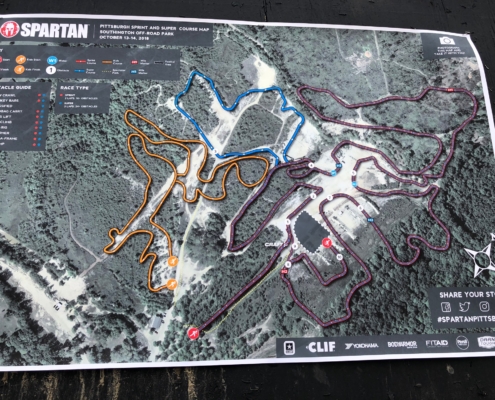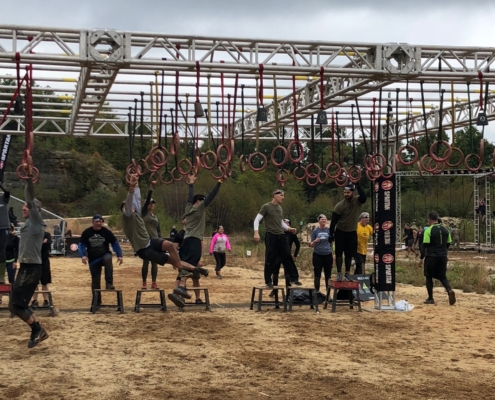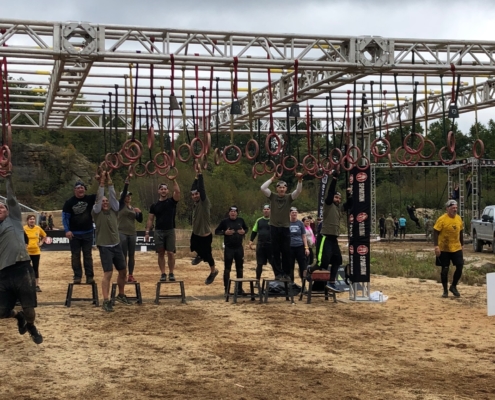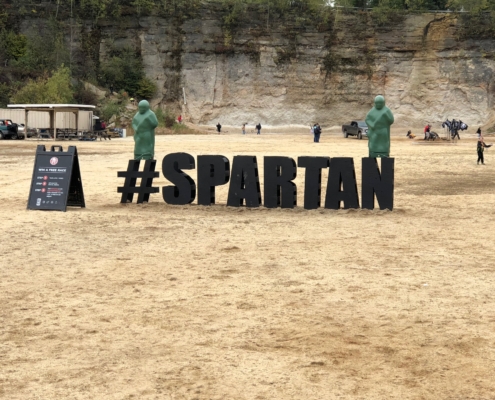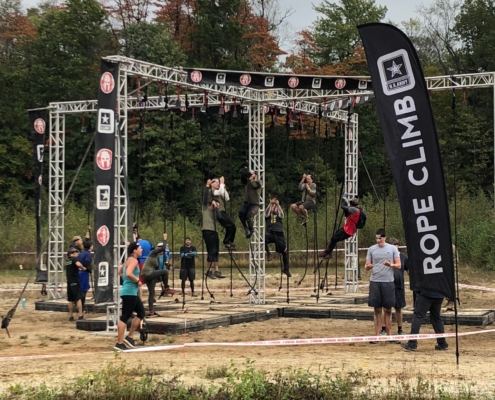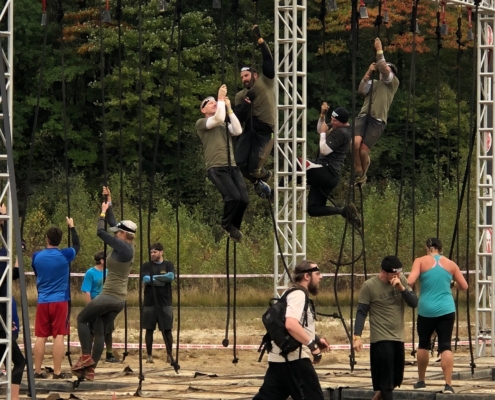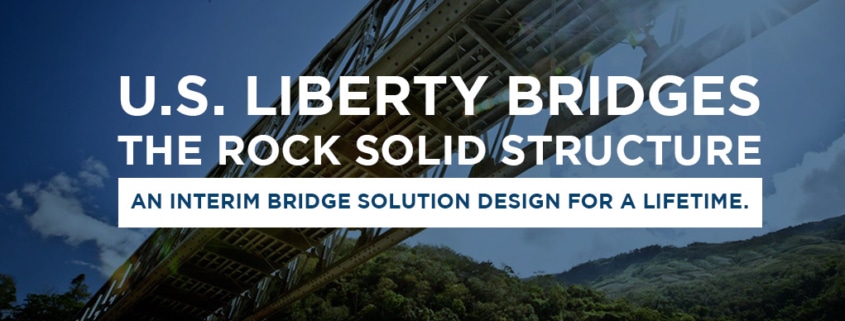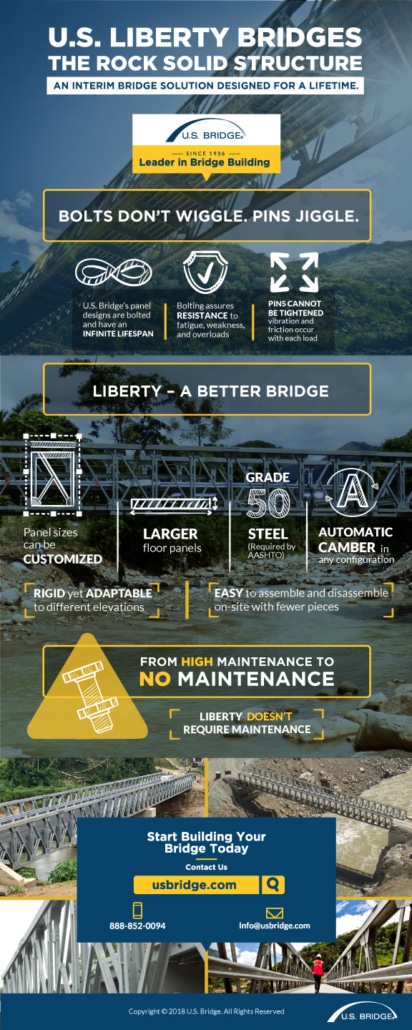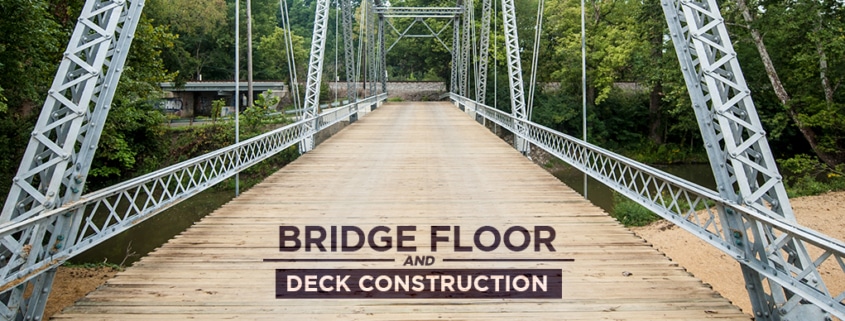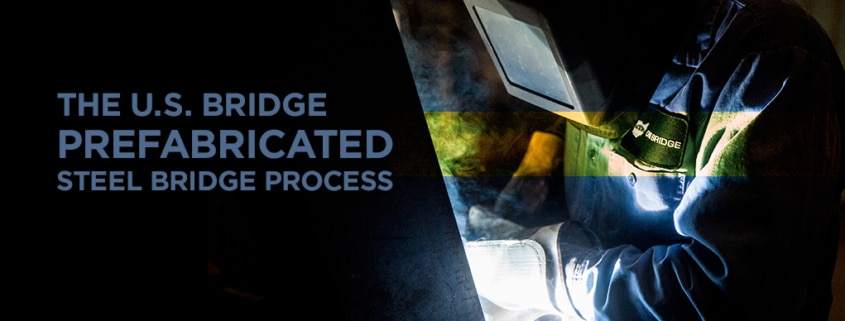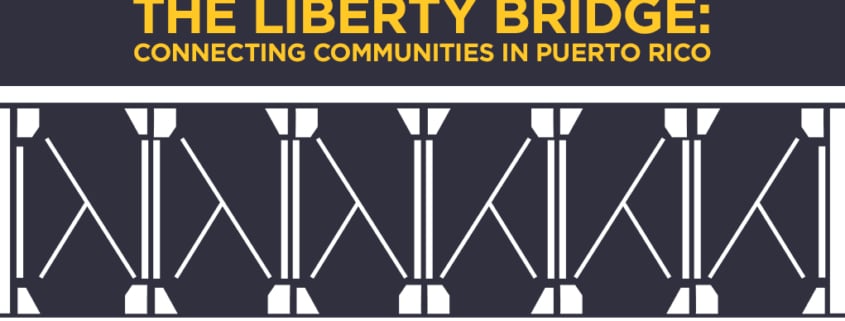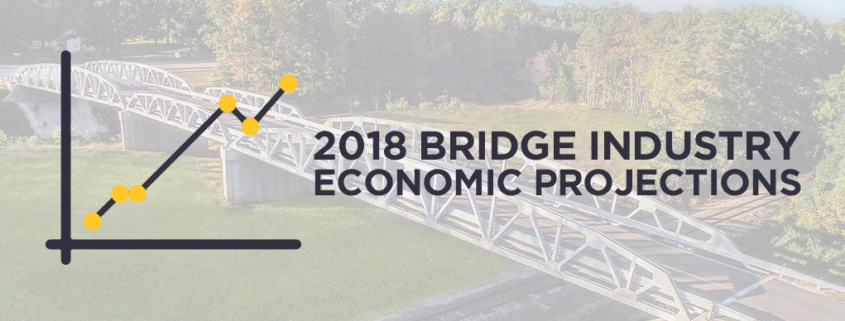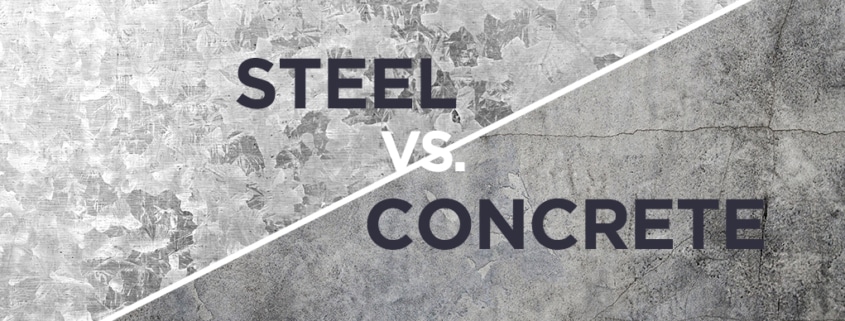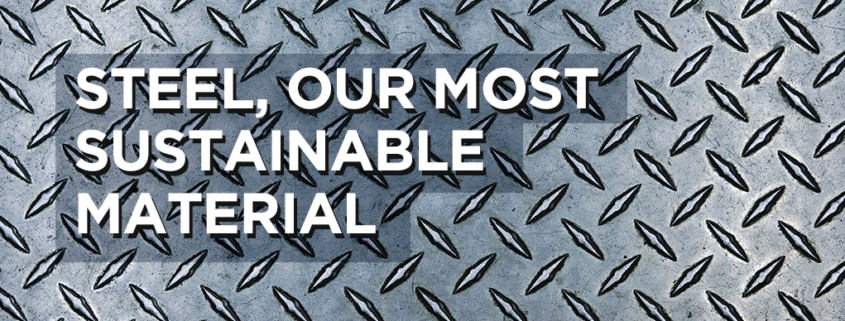The new home of the Texas Rangers, Globe Life Field, is an architectural masterpiece. Since its opening in 2020, the field has become an icon of downtown Arlington. Given the size, scope, and vision of the entire project, it is no surprise that exposed steel was its chosen material.
Globe Life Field’s Architectural Magnificence
Construction for Globe Life Field began in 2017 and took 38 months to complete. Manhattan Construction Company served as a general contractor for the massive project which incorporates 34,000 tons of steel. 15,000 tons of steel were utilized below the roof and 19,000 tons were devoted to the stadium’s state-of-the-art retractable roof.
In fact, this retractable roof is the largest of its kind and consists of two rail truss structures; the movable portion and the two fixed roofs.
The construction of the roof used various construction methods. Such as the ground-built 600-ton roof trusses hoisted into place using a 2,535-ton-capacity Manitowoc 31000— the largest crawler crane ever built in the United States.
In addition, W&W Steel Erectors (WWSE) designed, fabricated, and installed temporary shoring towers, allowing for the long-span trusses and the entire roof to be built from the inside of the field.
Engineered with a Vision
The Texas Rangers pictured a field where fans were as close as possible, and architect HKS designed multiple seating options. All with unobstructed views of the field comprised of seven tiers vertically stacked and leading to seven unique front-row experiences.
“It’s all about intimacy and making the spectators part of the game,” said Greg Whittemore, principal at HKS.
Due to facing the challenge of supporting multiple elevated seating decks and suites above the lower bowl, the engineering group, Walter P Moore had to employ multi-story cantilevered steel trusses concealed within each suite divider. In doing so, it eliminated the need for columns as well as any chance of an obstructed view.
Steel’s Use in the Field
The flexibility of steel allowed for more than just concealing support beams, it also allowed for unique asymmetric steel Y-columns in order to make up for insufficient space. The initial concept envisioned connecting two adjacent suites. However, this would have been at the expense of disrupting the flow of the crowd between the suites.
Shruti Sharma, principal at Walter P Moore, explained that traditional straight columns would have punched right through the lower seating, leaving some seats unusable. By angling the support behind the lower bowl seating, the columns support the party suites from below. This ensures connectivity in the party suites and uses all seats in the lower bowl.
The exposed steel throughout the stadium is practical, but it also creates an incredible view. Walter P Moore and HKS intended for a steel support element for the east box truss at the south side of the venue. In doing so, it creates a signature sloping steel truss column that slices through the seating bowl, creating a dramatic structural feature.
The practicality of this amazing view helps reduce the span of the fixed roof truss to 520 ft from 650 ft.
The Need for Exposed Steel
Walter P Moore credits the flexibility of steel with making all of this possible. The strength, durability, and ductility of steel also give it a unique aesthetic, unlike any other modern ballpark. The exposed structural steel creates an impression that emulates historic ballparks from the past.
Flexibility and durability aren’t the only things that make steel so great for construction. Its lightweight nature makes it a versatile tool for various projects and its sustainable properties save companies thousands.
The Power of Steel at U.S. Bridge
The flexibility of steel proved itself throughout the construction of the ballpark, and in many more projects. As an AISC certified steel fabricator, we are proud to manufacture and build with steel as our primary medium. All of our bridges are manufactured with high-quality, long-lasting materials that are available in a variety of design and support types.
To find out more about U.S. Bridge and our work, please contact us today.

